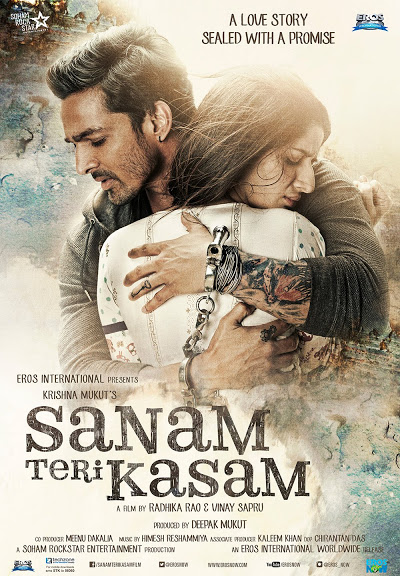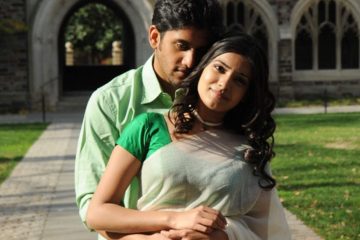Exploring the Impact of Sanam Teri Kasam Film

Introduction
‘Sanam Teri Kasam’, released in 2016, is a romantic drama film that has captured the hearts of audiences across India. Directed by Vinay Sapru and Radhika Rao, the film features Harshvardhan Rane and Mawra Hocane in lead roles. The film is not just a story of love, but also embodies themes of sacrifice, commitment, and the complexities of relationships. Its relevance in today’s context reflects the modern-day struggles of love amidst societal pressures, making it a poignant narrative even years after its release.
Details and Reception
The film tells the story of a young couple who face the wrath of their families due to their love. The emotional depth and the chemistry between the actors were critically acclaimed, showcasing genuine performances that resonated with the audience. The film’s title track, sung by Arijit Singh, became an instant hit, symbolizing the essence of love and longing embedded throughout the narrative. Despite mixed reviews from critics, viewers praised its music and emotional storyline.
Box Office Performance
‘Sanam Teri Kasam’ had a decent run at the box office, particularly due to its strong word-of-mouth promotion. The film’s music played a significant role in driving audiences to theaters, contributing to its overall revenue. The soundtrack is still enjoyed by many, illuminating the film’s themes and enriching its storyline.
Conclusion
The impact of ‘Sanam Teri Kasam’ goes beyond just its immediate box office success; it strikes a chord with the audience about enduring love and the sacrifices one makes. As new romantic dramas emerge in Indian cinema, the film remains significant for its heartfelt portrayal of love that triumphs despite adversity. As society evolves, stories like ‘Sanam Teri Kasam’ will continue to resonate, highlighting timeless themes of love and commitment that connect generations. The film serves as a reminder of the power of storytelling in shaping perceptions of love in contemporary culture.









